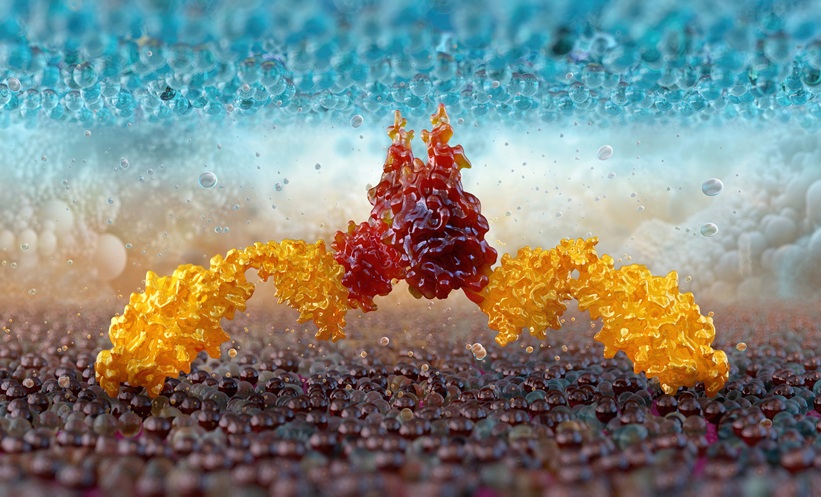ACQUIRED RESISTANCE to immune checkpoint inhibitors (ICIs) represents a significant barrier to achieving durable responses in patients with cutaneous melanoma. While many patients initially respond to anti-PD-1 ± anti-CTLA-4 therapy, approximately 20%–60% eventually experience disease progression, highlighting the clinical importance of understanding the mechanisms underlying ICI resistance. For dermatologists and oncology specialists, recognising these patterns is critical for optimising treatment strategies and managing patient expectations.
CNV-driven mechanisms of acquired ICI resistance
Recent research has demonstrated that copy-number variants (CNVs) play a central role in acquired ICI resistance. Somatic deletions and amplifications in apoptotic and anti-apoptotic genes collectively increase the apoptotic threshold of tumour cells, rendering them less susceptible to cytotoxic T cell-mediated killing. Loss-of-function mutations in genes such as BAD, BAX, and DFFB disrupt both intrinsic and extrinsic apoptotic pathways, while amplifications of BCL-2 family genes reinforce survival mechanisms. This CNV-driven evolution illustrates how melanoma can adapt during prolonged ICI therapy, creating heterogeneity within tumours and challenging subsequent treatment decisions.
For clinicians, these findings emphasise the value of integrating genomic insights into patient care. Assessing tumour CNV profiles may identify individuals at higher risk of delayed relapse and guide early intervention strategies, including combination therapies that restore apoptotic signalling. Experimental approaches, such as pharmacologic activation of BAX or inhibition of anti-apoptotic proteins like BCL-2, have shown promise in preclinical models, suggesting potential translational applications in patients who develop adaptive resistance.
Understanding the evolutionary dynamics of ICI resistance also informs the interpretation of clinical outcomes. Not all relapses are equivalent: some occur after prolonged partial or complete responses, while others emerge in adjuvant or resected settings. Recognising CNV-mediated mechanisms helps dermatologists distinguish between primary resistance, adaptive resistance, and true acquired resistance, allowing for more personalised monitoring and treatment adjustments.
Ultimately, this study highlights that acquired ICI resistance in melanoma is multifactorial and driven by genomic instability. By incorporating CNV analysis and knowledge of apoptotic pathway dysregulation into clinical practice, dermatologists and oncology specialists can better anticipate relapses, tailor combination therapies, and improve long-term patient outcomes.
Reference
Wu M et al. Genomic copy-number variants drive apoptotic evasion underlying acquired resistance to immune checkpoint inhibitors. Immunity. 2025;DOI:10.1016/j.immuni.2025.10.001.








